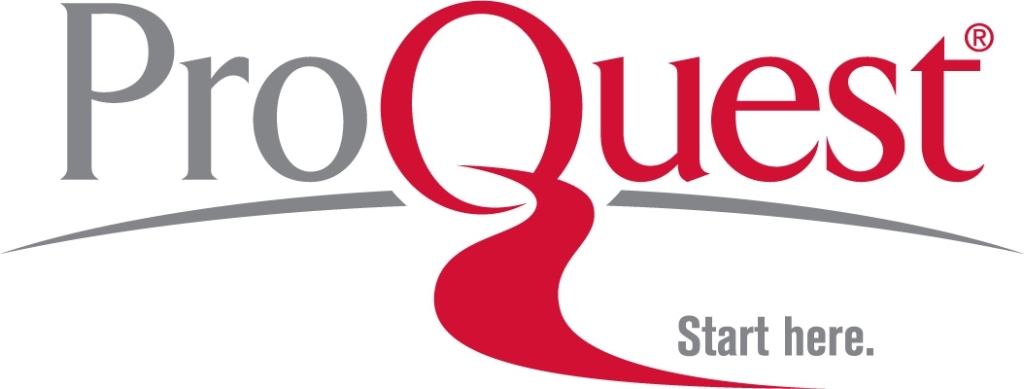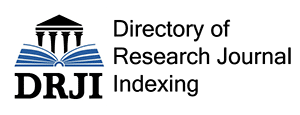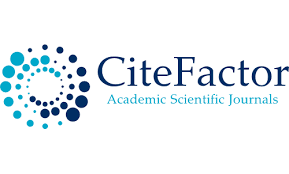EVALUATING THE ACCURACY OF FAMA-FRENCH MODEL VERSUS LIQUIDITY-BASED THREE-FACTOR MODELS IN FORECASTING PORTFOLIO RETURNS
DOI:
https://doi.org/10.51200/lbibf.v6i.2594Abstract
This paper evaluates the forecasting accuracy of the Fama-French three-factor model versus two liquidity-based three-factor models, referred as SiLiq and DiLiq, that have been developed as potential improvements on the Fama-French model. The study uses the period of 1987:01 to 2000:12 for estimation and sets the period of 2001:01 to 2004:12 as the forecast sample. The test assets are 27 portfolios nine each formed from the intersections of the following firm characteristics: (i) size and book-to-market ratio (B/M), (ii) size and share turnover (TURN), and (iii) B/M and TURN. Once the models are estimated using multiple time-series regressions, the forecasting accuracy of the competing models are evaluated using three error metrics; mean absolute errors (MAE), mean absolute percentage errors (MAPE), and Theil’s U statistics. Our results suggest that in predicting the Malaysian stock returns, the Fama-French model is dominated by its liquiditybased model counterparts, specifically, the DiLiq model.


















